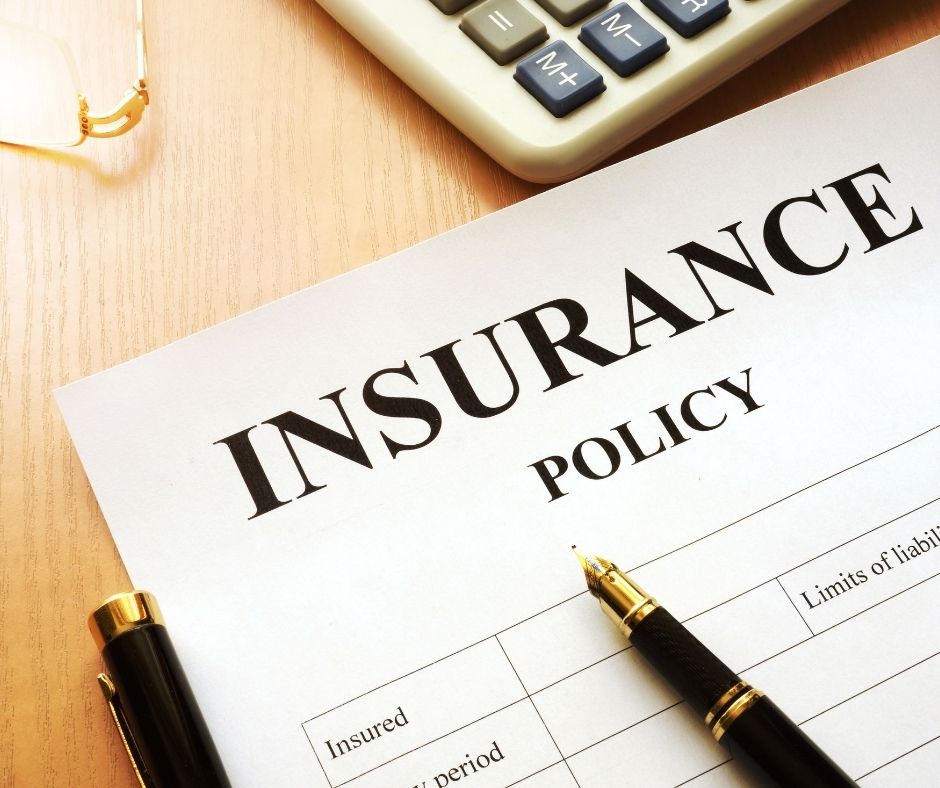average cost of a funeral 2018
how much does a funeral cost

The cost of funerals for a cremation or burial is as costly and, in some cases, more costly than other large purchases we make. However, every year families pay thousands of dollars for an amount known as the "sticker price" when they lay their loved ones to rest.
Other conditions determine the one(s) who is responsible for funeral costs. The amount of money paid is determined by who can finance the funeral. The burden is not placed solely on one person every time.
A cremation that includes a viewing and service in 2022 costs approximately $3250.



